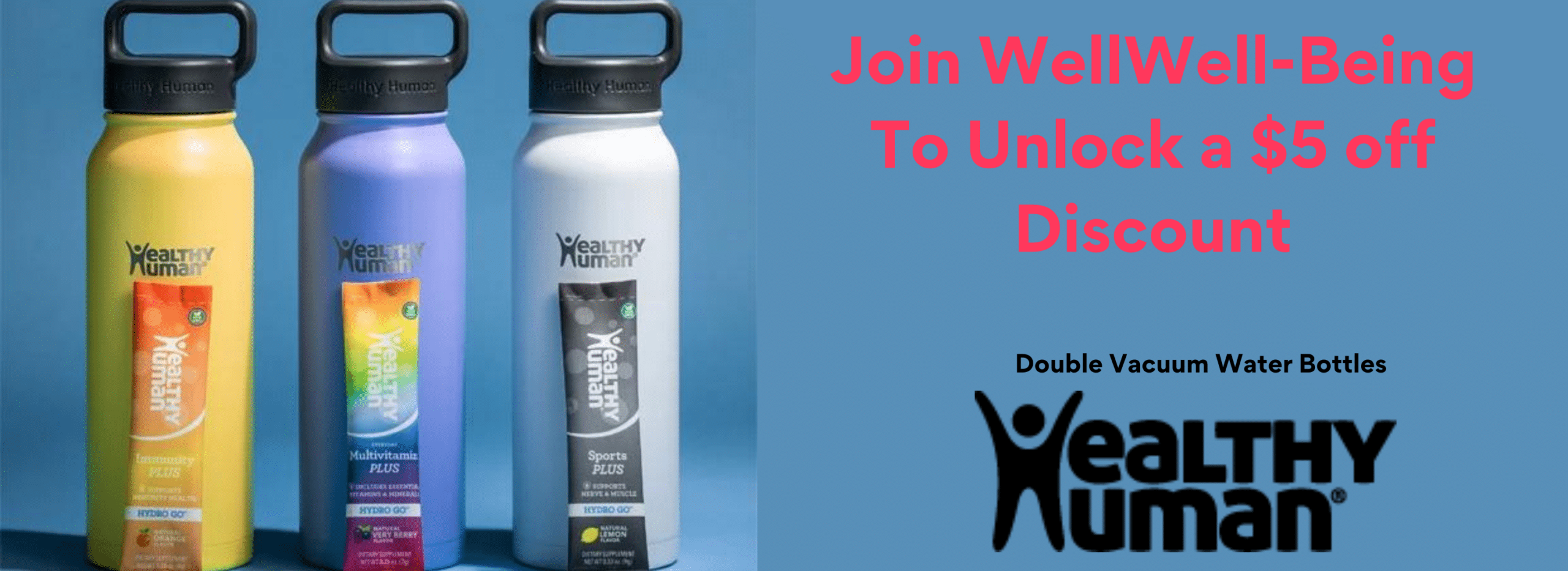By John Salak –
Sugar-sweetened beverages (SSBs) are killing Americans. Some estimates note that percent 50 percent of Americans drink at least one of these beverages every day. Obviously, a substantial number drink more. While efforts to reduce consumption have had some impact, it has been a taxing success in cutting sugary beverages, requiring persistent public health campaigns and policy measures to shift behavior.
Despite these efforts, sugar-sweetened beverages remain the leading source of added sugars in American diets, contributing to a range of health problems. The Centers for Disease Control and Prevention (CDC) warns that SSBs are associated with weight gain, obesity, type 2 diabetes, heart disease, kidney diseases, non-alcoholic liver disease, tooth decay and cavities and gout, a type of arthritis.
Eight U.S. cities may now have found a way to substantially cut back on SSB consumption by way of taxes on sugar-sweetened beverages. New research from the University of Washington, in fact, found that these taxes help reduce purchases in both lower- and higher-income households.
Researchers found that after the tax was introduced, lower-income households decreased their purchases of sweetened beverages by nearly 50 percent, while higher-income households reduced purchases by 18 percent. Since previous studies have shown that lower-income individuals consume sweetened beverages at a higher-than-average rate, these results suggest that taxes could help reduce health disparities and promote population health.
“If households reduce their sugar intake, they will experience health benefits,” stated study co-author Melissa Knox, an associate teaching professor of economics. “Sweetened beverages are one of the largest sources of sugar in the American diet. They have all kinds of health consequences and don’t really provide any nutrition. The idea with the tax is that lower-income people because they reduce their intake more, receive greater health benefits than the higher-income households.”
The researchers ultimately followed the 400 households for a year before and after the tax was implemented in various cities. Consumers were given a handheld scanner to report their purchases. The results showed that households experienced price increases for taxed beverages, with the difference persisting for at least one year post-tax. Price increases were largest for lower-income households–a 22 percent increase in sweetened beverage prices versus 11 percent for higher-income households.
“We also looked at untaxed beverages and found that lower-income households are substituting with untaxed beverages,” Knox said. “They’re using some of their money to go buy a different beverage, rather than buying a candy bar instead of buying a Coke.”
Policymakers may take specific notice of the response of lower-income consumers due to their higher consumption on average of sweetened beverages and concerns that the taxes are regressive. Previous research from the university found that lower-income and higher-income households paid about the same amount toward the tax, which means lower-income households spent a higher proportion of their income. However, the study also showed more dollars went toward funding programs that benefit lower-income communities than those households paid in taxes.
Other UW research found the tax was also associated with declines in childhood body mass index among children in Seattle compared to a well-matched comparison group.
“Together, this body of work suggests the tax is having the intended health benefits and this new evidence gives reason to believe health benefits could be larger for households with lower incomes,” added Jessica Jones-Smith, another co-author and UW professor.













